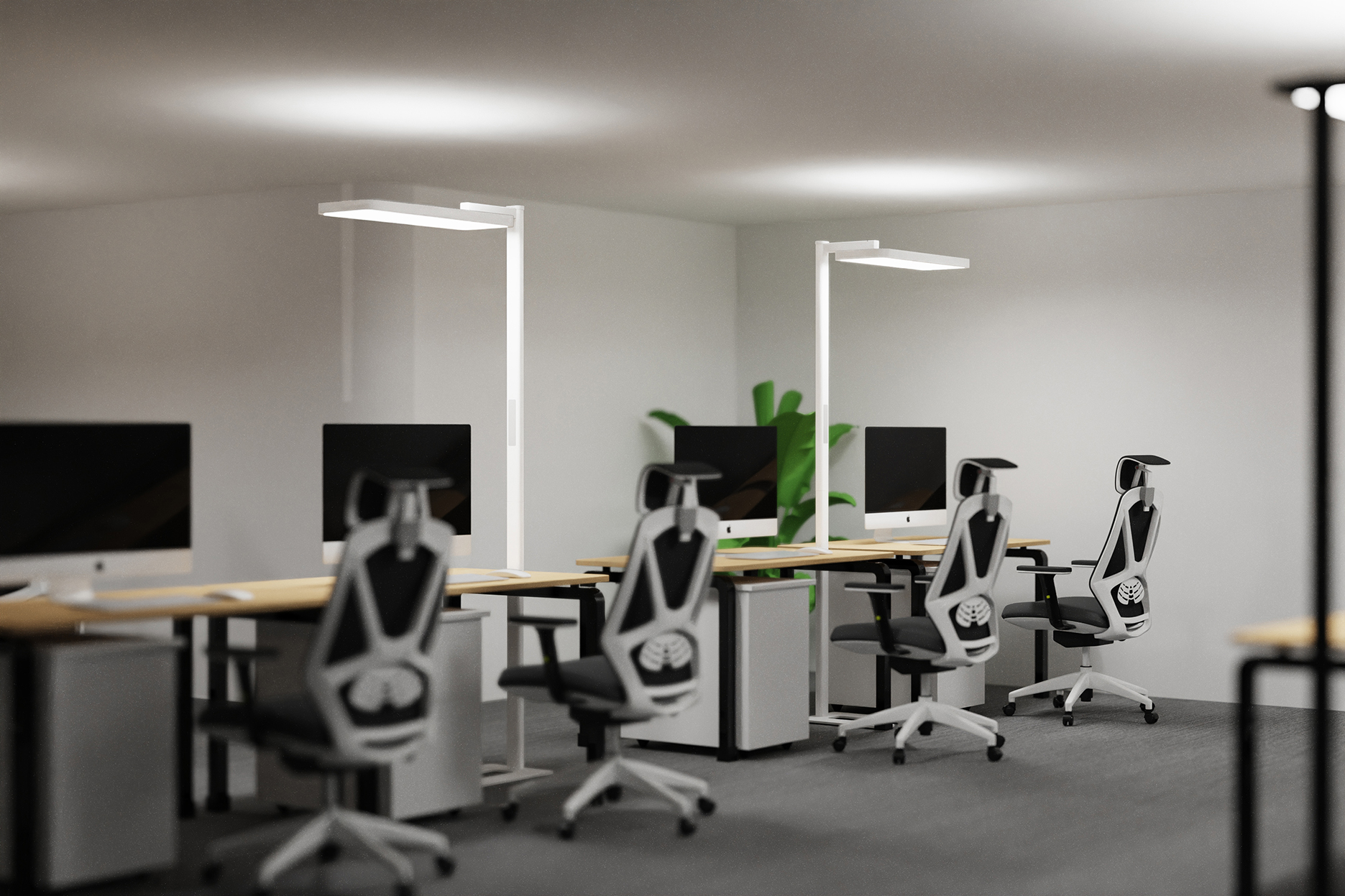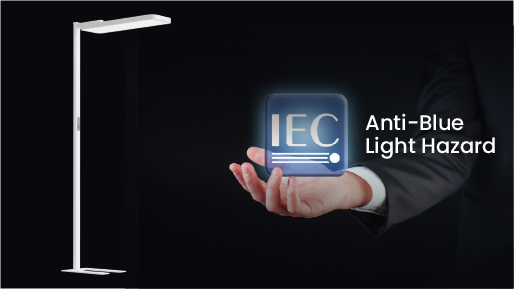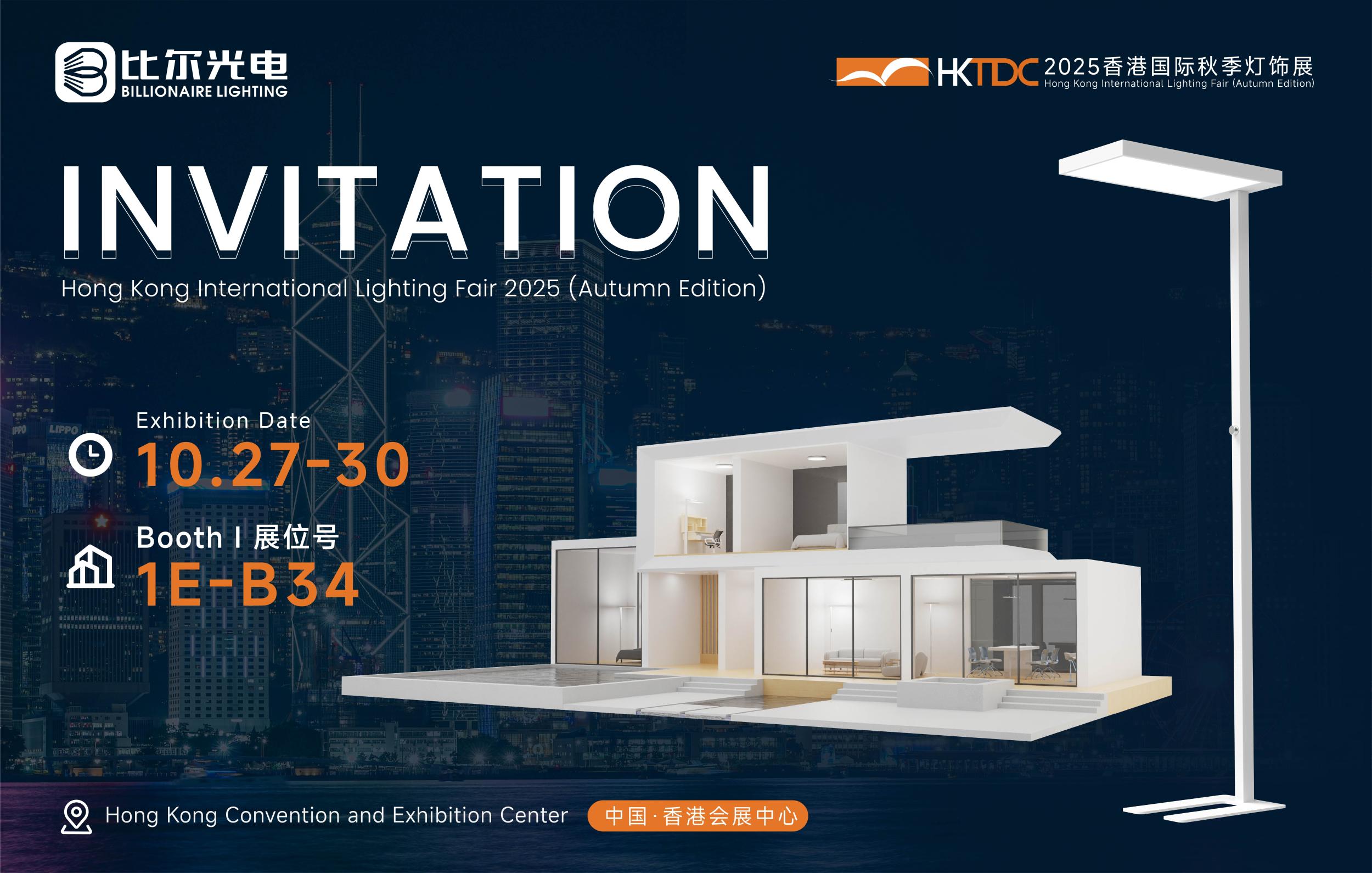Introduction
Lighting in the workplace is a critical factor that significantly impacts the overall work environment. It is not merely about providing visibility; proper workplace light can enhance productivity, improve employee well - being, and contribute to the aesthetic and functionality of the workspace. In recent years, there has been a growing recognition of the importance of high - quality lighting in workplaces, leading to the development of various lighting solutions tailored to different types of work settings. This article will explore the multifaceted aspects of workplace light, including its impact on employees, different lighting types, design considerations, and emerging trends.
The Impact of Workplace Light on Employees
Productivity Enhancement
Well - designed workplace lighting has a direct and positive impact on employee productivity. When the lighting is appropriate, employees can see their work materials clearly, which reduces errors and increases efficiency. For example, in an office where employees spend a significant amount of time reading documents, a bright, even light with a high color rendering index (CRI) ensures that the text is sharp and easy to read. This clarity minimizes eye strain and fatigue, allowing employees to focus better and work for longer periods without experiencing a decline in performance.
In manufacturing or industrial workplaces, proper lighting is crucial for tasks that require precision. Adequate illumination on assembly lines, for instance, enables workers to accurately identify and handle small parts, reducing the likelihood of mistakes and improving the overall quality of the products. The right lighting can also enhance communication in the workplace. In meeting rooms, well - lit environments facilitate better interaction among employees. Participants can clearly see each other's facial expressions and body language, which is essential for effective communication and collaboration.
Well - being and Health Benefits
Workplace light plays a vital role in employee well - being. Natural light, in particular, has numerous health benefits. Exposure to natural light during the workday helps regulate the body's internal clock, the circadian rhythm. This is important as it can improve sleep quality at night. When employees are well - rested, they are more alert and productive during the day. In addition, natural light has been associated with increased serotonin levels, a neurotransmitter that is linked to mood regulation. Higher serotonin levels can lead to reduced stress and a more positive work environment.
Even in workplaces where access to natural light is limited, artificial lighting can be designed to mimic natural light as closely as possible. Lighting with a full - spectrum or a high CRI can provide a more natural - looking light that is easier on the eyes. This reduces the risk of eye - related problems such as eye strain, dry eyes, and headaches, which are common among employees who spend long hours in front of computer screens or under harsh lighting conditions. Moreover, appropriate lighting can also have a psychological impact. A well - lit workspace can make employees feel more comfortable, safe, and valued, contributing to higher job satisfaction.
Safety and Error Reduction
Proper workplace lighting is essential for safety. In areas where employees are moving around, such as corridors, stairways, and storage areas, sufficient light reduces the risk of accidents. Good lighting makes it easier for employees to see potential hazards, such as obstacles on the floor or wet surfaces. In industrial settings, proper illumination of machinery and equipment is crucial for safe operation. Workers need to be able to clearly see the controls, moving parts, and any warning signs.
In addition to preventing physical accidents, appropriate lighting can also reduce errors in work tasks. As mentioned earlier, clear visibility of work materials reduces the likelihood of mistakes. In jobs that involve reading small print, such as in medical or financial offices, proper lighting ensures that employees can accurately interpret information. This not only improves the quality of work but also reduces the potential for costly errors.
Types of Workplace Lighting
Natural Lighting
Natural lighting is considered the ideal lighting source in the workplace. It provides a full spectrum of light, which is beneficial for the eyes and the body's biological processes. Workplaces with large windows or skylights allow for maximum natural light penetration. In open - plan offices, natural light can create a bright, airy atmosphere, making the space feel more spacious and inviting.
However, relying solely on natural light has its limitations. The intensity and direction of natural light vary throughout the day and are affected by weather conditions. In the early morning or late afternoon, the light may be too dim for some tasks, and direct sunlight can cause glare on computer screens and work surfaces. To address these issues, workplaces often use a combination of natural and artificial lighting. Blinds, curtains, or light - diffusing films can be used to control the amount of sunlight entering the room, reducing glare while still allowing for natural light exposure.
Artificial Lighting
Fluorescent Lighting
Fluorescent lighting has been a common choice in workplaces for many years. It is relatively energy - efficient and can provide bright illumination. Fluorescent tubes come in different color temperatures, allowing for some customization. Cool - white fluorescent lights are often used in offices as they can mimic natural daylight to some extent, enhancing alertness and productivity. However, traditional fluorescent lights have some drawbacks. They can produce a flicker, which, although often imperceptible to the naked eye, can cause eye strain over time. Some fluorescent lamps also contain mercury, which poses environmental concerns when they are disposed of.
LED Lighting
LED (Light - Emitting Diode) lighting has emerged as a popular alternative to fluorescent lighting in workplaces. LEDs are highly energy - efficient, consuming significantly less electricity than fluorescent bulbs. They also have a much longer lifespan, reducing the need for frequent replacements. LED lights can be designed to have a high CRI, providing a more natural - looking light that accurately renders colors. This is especially important in workplaces where color - accuracy is crucial, such as in graphic design studios, photography studios, or in the fashion and textile industries.
LED lighting also offers greater flexibility in terms of design. LED fixtures can be made in various shapes and sizes, and they can be easily integrated into different types of workspaces. Many LED lights also come with dimming capabilities and adjustable color temperatures, allowing for the creation of different lighting moods and the adaptation to different work tasks.
Incandescent Lighting
Incandescent lighting, while less commonly used in modern workplaces due to its low energy - efficiency, still has some applications. Incandescent bulbs produce a warm, yellowish light that can create a cozy atmosphere. In some creative workspaces or in areas where a more relaxed environment is desired, such as in break rooms or in certain types of retail stores, incandescent lighting or its energy - efficient alternatives like halogen bulbs may be used sparingly for accent lighting or to create a specific aesthetic.
Design Considerations for Workplace Lighting
Lighting Levels
Determining the appropriate lighting levels is crucial in workplace lighting design. Different types of work tasks require different levels of illumination. For example, in areas where detailed visual work is performed, such as in drafting rooms or in precision manufacturing, higher levels of light are needed. The Illuminating Engineering Society (IES) provides guidelines for recommended lighting levels in various workplace settings. In general, offices typically require an illumination level of around 300 - 500 lux on the work surface, while areas for more detailed tasks may need 1000 lux or more.
However, it's important not to over - illuminate the workplace. Excessive light can cause glare and discomfort, leading to decreased productivity. Lighting designers need to carefully balance the lighting levels to ensure that they are sufficient for the tasks at hand without being too bright. This may involve using a combination of general ambient lighting and task - specific lighting.
Color Temperature
Color temperature is another important consideration in workplace lighting. As mentioned earlier, different color temperatures can have different effects on employees. Cool - white light with a color temperature of around 5000K - 6500K is often preferred in workplaces where high concentration and productivity are required, such as in offices, call centers, and manufacturing plants. This type of light mimics natural daylight and can enhance alertness.
On the other hand, warm - toned light with a color temperature of 2700K - 3500K is more suitable for areas where a more relaxed atmosphere is desired, such as in break rooms, lounges, or in some creative workspaces. In some cases, workplaces may use lighting systems that allow for the adjustment of color temperature throughout the day. For example, in the morning, when employees need to be more alert, a cooler white light can be used, and as the day progresses, the color temperature can be gradually adjusted to a warmer tone to create a more comfortable environment towards the end of the workday.
Glare Control
Glare is a common problem in workplaces, especially in areas with a lot of reflective surfaces or when using computer screens. Glare can cause eye strain, reduce visibility, and decrease productivity. To control glare, workplace lighting design should consider several factors. The use of diffusers, such as frosted glass or diffusing lenses in light fixtures, can help to spread the light more evenly and reduce the intensity of direct light beams.
Proper placement of light fixtures is also important. Avoiding placing lights directly above or in front of computer screens can prevent glare from reflections. In addition, using anti - glare coatings on computer screens and choosing furniture and work surfaces with low - reflectivity can further reduce glare. In open - plan offices, the layout of desks and the orientation of workstations in relation to windows and light sources should be carefully planned to minimize glare.
Lighting Zones
Creating different lighting zones in the workplace can enhance functionality and comfort. In an office, for example, the main work area may have a general ambient lighting level, while individual workstations can have task - specific lighting. Meeting rooms may require a different lighting setup, with adjustable lighting to accommodate different types of meetings, such as presentations or collaborative discussions.
Break rooms and relaxation areas can have a more subdued lighting scheme to create a cozy and inviting atmosphere. In industrial workplaces, different lighting zones may be needed for different areas of the production floor, depending on the nature of the tasks being performed. By creating distinct lighting zones, employees can have a more personalized and comfortable work experience, and the lighting can be optimized for each specific activity.
Emerging Trends in Workplace Lighting
Smart Lighting Systems
Smart lighting systems are becoming increasingly popular in workplaces. These systems use sensors and connectivity technologies to automate and customize lighting. Occupancy sensors can detect when a room is occupied or empty, and the lights can be automatically turned on or off accordingly. This not only saves energy but also ensures that lights are only on when they are needed.
Smart lighting systems can also be controlled via mobile apps or integrated with building management systems. Employees can use their smartphones to adjust the brightness, color temperature, or even the lighting scenes in their work areas. For example, an employee can create a "focus mode" with bright, cool - white light for concentrated work and a "relax mode" with dim, warm - toned light for breaks. In addition, smart lighting systems can be programmed to change lighting conditions based on the time of day or the type of activity taking place in the workplace.
Human - Centric Lighting
Human - centric lighting is an emerging trend that focuses on lighting design based on the biological and psychological needs of humans. This approach takes into account the impact of light on the body's circadian rhythm, mood, and cognitive performance. Human - centric lighting systems are designed to mimic the natural light cycle as closely as possible.
During the day, the lighting can be adjusted to provide bright, cool - white light to enhance alertness and productivity. In the evening, as the natural light fades, the artificial lighting can gradually shift to a warmer, dimmer light to signal the body that it's time to relax. This type of lighting is especially beneficial in workplaces where employees work long hours or in 24 - hour operations. By aligning the lighting with the body's natural rhythms, human - centric lighting can improve employee well - being and potentially reduce fatigue and stress.
Energy - Efficient Lighting Upgrades
With the increasing focus on sustainability and energy conservation, energy - efficient lighting upgrades are a significant trend in workplaces. Many companies are replacing traditional lighting fixtures with more energy - efficient alternatives, such as LED lights. LED lighting not only consumes less energy but also reduces maintenance costs due to its long lifespan.
In addition to replacing bulbs, workplaces are also implementing energy - management strategies for lighting. This may include the use of daylight harvesting systems, which adjust the artificial lighting levels based on the amount of natural light available in the room. By reducing energy consumption, workplaces can not only save on utility bills but also contribute to environmental sustainability.
In conclusion, workplace light is a complex and multi - faceted aspect of the work environment. From enhancing productivity and employee well - being to ensuring safety and driving innovation, the right lighting design can have a profound impact on the success of a workplace. By considering the different types of lighting, design principles, and emerging trends, employers and lighting designers can create workplaces that are not only well - lit but also conducive to the growth and prosperity of their employees.



